Introduction
Crispy winter jujube, also known as “crispy jujube” or “dried jujube chips,” has gained popularity as a guilt-free snack loved for its sweet, crunchy texture and nutritional benefits. Originating from East Asia, particularly China, this treat is traditionally enjoyed during colder months when fresh jujubes (a type of small, round fruit related to dates) are abundant. While store-bought versions often contain additives or preservatives, making them at home allows you to control ingredients, adjust sweetness, and experiment with flavors. This guide will walk you through the entire process, from selecting the finest jujubes to achieving that coveted crispiness, ensuring your homemade batch rivals any commercial product.
Chapter 1: Understanding Winter Jujube
1 What Is Winter Jujube?
Winter jujube (Ziziphus jujuba Mill.) is a deciduous fruit tree native to China, cultivated for thousands of years. Its fruit, often called “Chinese dates,” is small, green-skinned, and crisp when fresh, turning reddish-brown and wrinkled when dried. Unlike red dates (a different variety), winter jujubes are prized for their crunchy texture and mild sweetness, making them ideal for snacking, cooking, or processing into crispy chips.
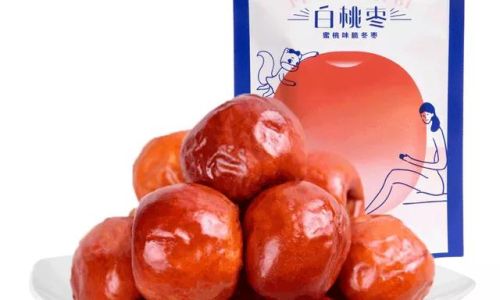
2 Nutritional Benefits
Rich in vitamin C, fiber, and antioxidants, winter jujubes offer a low-calorie snack packed with health perks:
- Digestive Health: High fiber content aids digestion.
- Immune Support: Vitamin C boosts immunity.
- Antioxidant Power: Compounds like flavonoids combat oxidative stress.
- Natural Sweetness: A healthier alternative to sugary snacks.
Chapter 2: Gathering Ingredients and Tools
1 Key Ingredients
- Fresh Winter Jujubes (1 kg): Choose firm, unblemished fruit with smooth, green skin. Avoid overripe or bruised specimens.
- Granulated Sugar (200g): Enhances flavor and aids in dehydration.
- Water (500ml): For boiling and syrup preparation.
- Optional Flavorings: Cinnamon sticks, star anise, or vanilla extract for aromatic notes.
- Neutral Oil (for frying, optional): Sunflower or rice bran oil works best.
2 Essential Tools
- Sharp Knife or Mandoline Slicer: For thin, uniform slices.
- Large Pot: For boiling syrup.
- Dehydrator or Oven: To dry jujube slices.
- Baking Trays and Parchment Paper: For oven drying.
- Thermometer: To monitor oil temperature (if frying).
- Airtight Containers: For storage.
Chapter 3: Preparing the Jujubes
1 Washing and Drying
- Rinse jujubes under cold water to remove dirt.
- Pat dry with a clean towel to prevent splattering during frying.
2 Slicing Techniques
- Uniformity Matters: Use a mandoline slicer set to 2–3mm thickness for even drying.
- Manual Slicing: If no slicer is available, steady your knife and cut slowly to maintain consistency.
- Seed Removal: Optional—some prefer leaving seeds intact for traditional texture, but removing them prevents bitterness.
Chapter 4: Syrup Preparation
1 Why Syrup?
Boiling jujubes in sugar syrup serves two purposes:
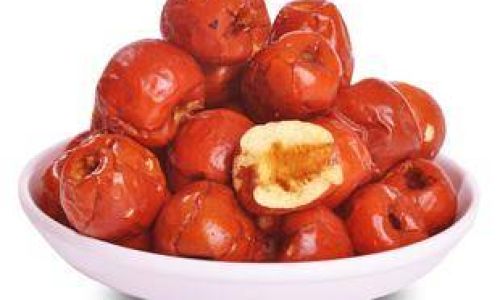
- Dehydration: Sugar draws out moisture, accelerating drying.
- Flavor Infusion: Syrup caramelizes slightly, adding depth.
2 Step-by-Step Syrup Process
- In a large pot, combine sugar and water over medium heat.
- Stir until sugar dissolves, then add optional flavorings (e.g., 2 cinnamon sticks).
- Bring to a gentle boil, then reduce heat to a simmer.
- Add jujube slices, ensuring they’re submerged.
- Simmer for 10–15 minutes until slices soften slightly.
- Remove from heat and let cool in syrup for 30 minutes to absorb flavors.
Chapter 5: Drying Methods
1 Oven Drying
- Low and Slow: Preheat oven to 50–60°C (122–140°F).
- Arrange Slices: Spread jujubes on parchment-lined trays, ensuring no overlap.
- Airflow: Leave the oven door slightly ajar to release moisture.
- Timing: Check every 2 hours; drying takes 6–8 hours. Slices are ready when they snap cleanly.
2 Dehydrator Method
- Optimal Settings: Use a dehydrator at 55°C (131°F) for 8–10 hours.
- Benefits: Even heat distribution and no need to monitor closely.
3 Air Drying (Advanced)
- Sun-Dried Variation: In dry climates, lay slices on racks under direct sunlight for 2–3 days.
- Caution: Risk of spoilage in humid areas; not recommended for beginners.
Chapter 6: Post-Drying Techniques
1 Testing for Crispiness
- Bend Test: Slices should break with a sharp snap, not bend.
- Texture Check: If chewy, return to the oven/dehydrator for 1–2 more hours.
2 Optional Frying for Extra Crunch
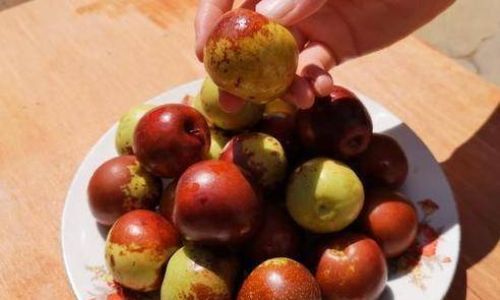
- Low-Temperature Frying: Heat oil to 150°C (300°F) in a deep pan.
- Fry in Batches: Cook slices for 1–2 minutes until golden.
- Drain Excess Oil: Place on paper towels to absorb oil.
- Cool Completely: Fried jujubes crisp as they cool.
Chapter 7: Storage and Shelf Life
1 Best Practices
- Airtight Containers: Use glass jars or resealable bags to prevent moisture absorption.
- Cool, Dark Place: Store away from sunlight and heat.
- Desiccant Packets: Add silica gel to absorb residual humidity.
2 Shelf Life
- Unfried: 2–3 weeks if properly sealed.
- Fried: 1–2 weeks (frying shortens shelf life due to oil content).
- Refrigeration: Extends freshness by 1–2 months but may soften texture.
Chapter 8: Troubleshooting Common Issues
1 Jujubes Not Crisping
- Cause: Thick slices or insufficient drying time.
- Solution: Slice thinner or extend drying by 2–4 hours.
2 Burnt Edges
- Cause: Oven temperature too high.
- Solution: Use a lower setting and check hourly.
3 Sticky Slices
- Cause: Inadequate syrup drainage.
- Solution: Drain slices thoroughly on a wire rack before drying.
4 Uneven Drying
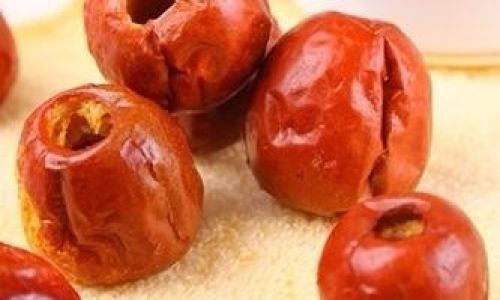
- Cause: Overlapping slices or uneven oven heat.
- Solution: Rotate trays every 2 hours and ensure single-layer placement.
Chapter 9: Creative Variations
1 Flavor Infusions
- Spicy Kick: Toss dried slices in chili powder and salt.
- Citrus Zest: Add lemon or orange peel to the syrup.
- Honey Glaze: Replace sugar with honey for a floral sweetness.
2 Dietary Adaptations
- Sugar-Free: Use erythritol or stevia for a low-carb version.
- Vegan: Ensure no honey is used if strict.
3 Gift-Worthy Presentation
- Packaging: Use mason jars tied with ribbon.
- Labels: Include handwritten notes with preparation date.
Chapter 10: Health and Safety Tips
1 Allergy Considerations
- Jujubes are tree nuts; those with allergies should avoid.
2 Frying Safety
- Never leave hot oil unattended.
- Use a splatter screen to prevent burns.
3 Children and Pets
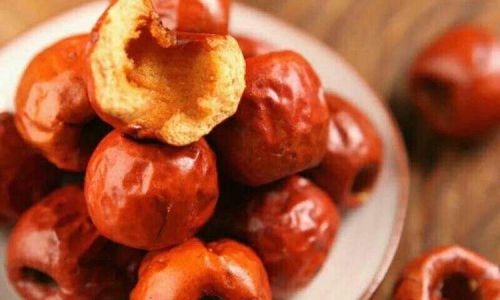
- Keep sharp tools and hot surfaces out of reach.
Conclusion: The Joy of Homemade Crispy Jujubes
Making crispy winter jujube at home is a rewarding endeavor that blends tradition with creativity. Whether you prefer the oven’s steady warmth or the dehydrator’s precision, the result is a snack that’s both nostalgic and innovative. Experiment with flavors, share batches with loved ones, and savor the satisfaction of crafting a wholesome treat from scratch. With patience and practice, you’ll master the art of achieving that perfect crunch—one that store-bought versions can’t replicate.
Final Thoughts
Crispy winter jujube is more than a snack; it’s a testament to the beauty of seasonal eating and the joy of DIY cuisine. As you embark on this culinary adventure, remember that each batch tells a story—of patience, experimentation, and the simple pleasure of biting into a crisp, sweet slice of nature’s bounty. So gather your jujubes, fire up the oven, and let the crisping begin!

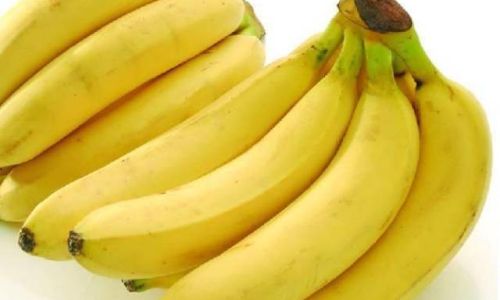
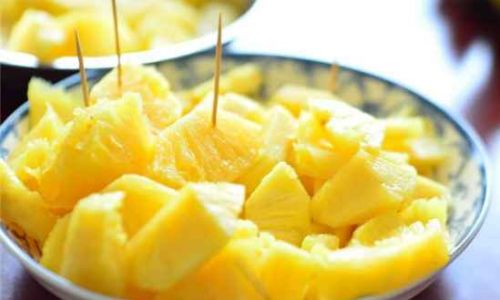
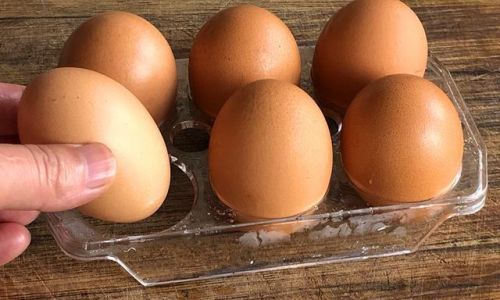
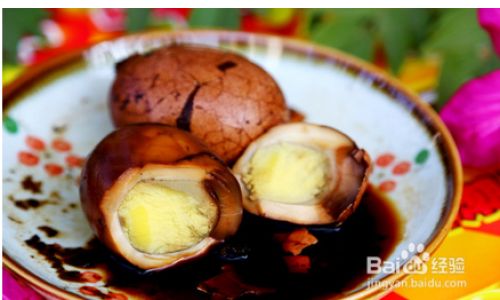

0 comments